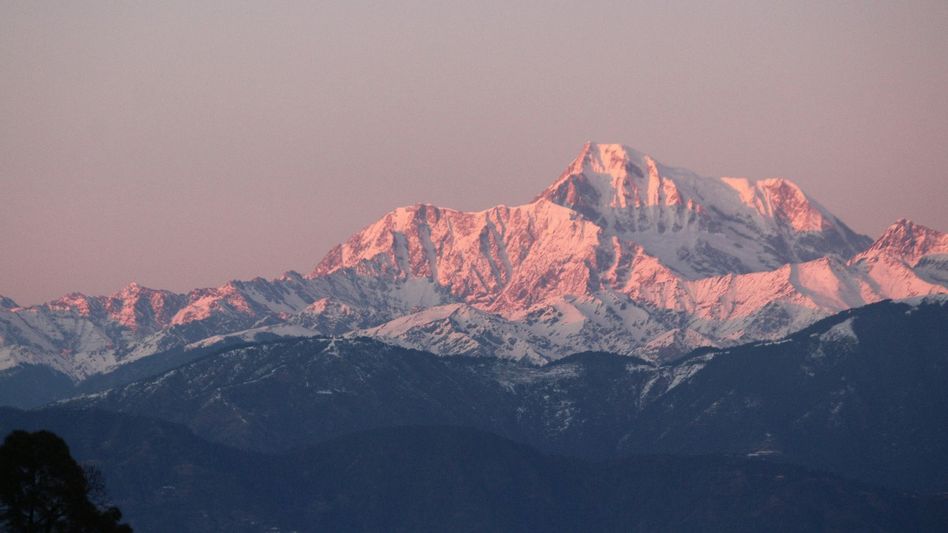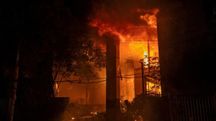Mt Everest access may be limited to seasoned mountaineers with 7k mtrs climbs
Nepal restricts Everest access to seasoned climbers with prior 7,000m peak experience. New bill mandates health checks and non-refundable garbage fee.

Mountaineers might be in for dismay as Nepal has announced plans to restrict expeditions to Mt Everest only to those who have climbed at least one peak above 7,000 metres.
The move aims to reduce deaths in the high altitude zone, a media report said.
Ever since New Zealander Edmund Hillary and Nepal’s Sherpa Tenzing Norgay summited the 8,849 metres (29,032 feet) high Mt Everest, popular as Sagarmatha in Nepali, on May 29, 1953, thousands of climbers from all over the world, including India and Nepal, have been attracted to the highest peak in the world.
Official data shows that since 1953’s Hillary-Norgay summit, around 9,000 mountaineers have successfully scaled Mt Everest while over 300 have lost their lives.
“The 8,848.86-metre Everest is about to get a stricter gatekeeper. No longer will just any climber with ambition and a permit be able to attempt the world’s highest peak. A new draft law says: 'Prove yourself first'. “According to the Integrated Tourism Bill registered in the upper house of Parliament on April 18, any climber wishing to set foot on Everest must first have conquered a mountain over 7,000 metres,” The Kathmandu Post said.
Pointing out that this spring alone, more than 400 enthusiasts have been granted permission for the Everest climbing and the number will likely increase to at least 500, a leader in the Kathmandu Post on Tuesday said: Such high numbers, no matter how beneficial for Nepal’s economy, have a darker side: unusual traffic jams, an increase in the deaths of climbers (for instance, 17 deaths in 2023 and eight in 2024), rapid glacier melt and the spreading image of Everest as the “world’s highest garbage dump”.
Among the many restrictions mentioned in the Bill, health checks will be mandatory; climbers will need a certificate from a government-approved medical institution, issued within the past month, to confirm their medical fitness for ascent, and individuals with health complications will be excluded from participating in an expedition.
The bill is still in draft form and must pass through debates in both houses of Parliament with changes likely before the final law is signed off, the newspaper said, adding, “Still, what’s already outlined in the bill paints a clear picture: the government is trying to bring order, accountability, and safety to the mountains.”
Retrieving bodies of those who die on Everest is an expensive and risky operation, often costing anywhere between USD 20,000 and USD 200,000. The new bill proposes better dead body management insurance.
Another top priority for the government is cleaning up Everest and the draft bill replaces the current USD 4,000 refundable garbage deposit with a non-refundable garbage fee, the Kathmandu Post added.
Copyright©2025 Living Media India Limited. For reprint rights: Syndications Today









